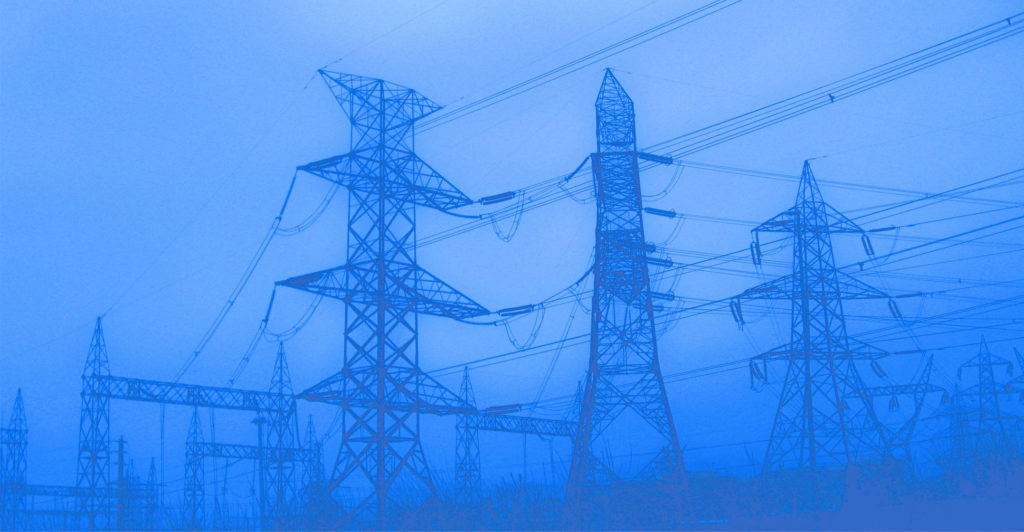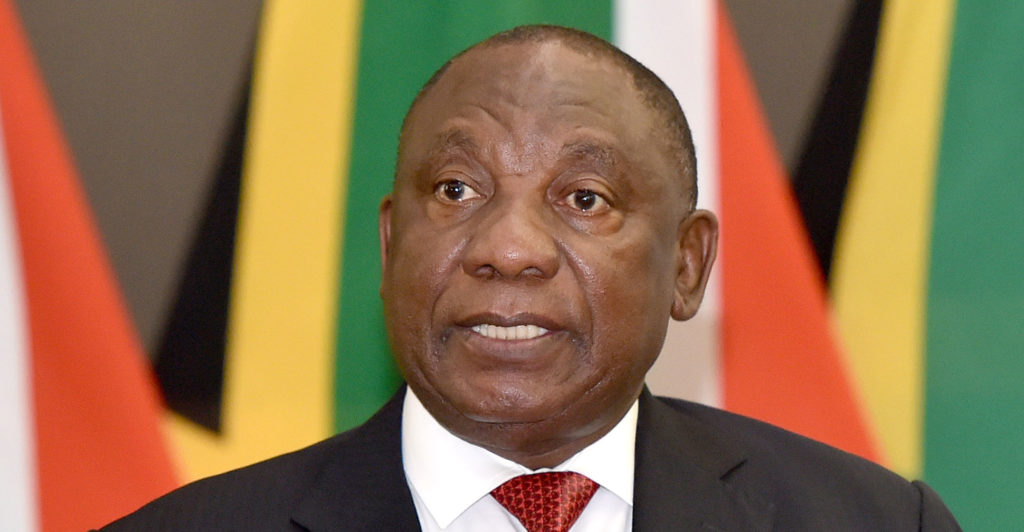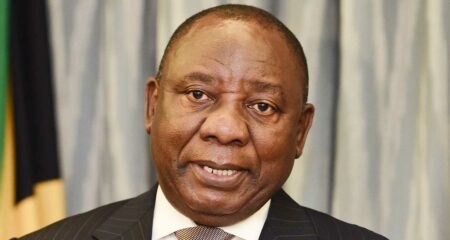 The bold proposal by Cosatu to relieve Eskom of close to 60% of its debt using pension money may be presented by President Cyril Ramaphosa in next week’s state of the nation address (Sona), according to the trade union.
The bold proposal by Cosatu to relieve Eskom of close to 60% of its debt using pension money may be presented by President Cyril Ramaphosa in next week’s state of the nation address (Sona), according to the trade union.
The proposal, which comes with a number of stringent conditions, was discussed and received a “massively positive response” at the National Economic Development and Labour Council (Nedlac) meeting by business, government, labour and community social partners on Wednesday.
The plan would see the Public Investment Corp, which manages pensions on behalf of the Government Employees Pension Fund, the Development Bank of Southern Africa, the Industrial Development Corporation and private lenders take R254-billion off of Eskom’s books.
This will be done through a special purpose finance vehicle leaving the embattled utility with R200-billion in debt — which it has previously said it would be able to handle.
Cosatu has been in discussions with Ramaphosa and the tripartite alliance (ANC, SACP and Cosatu) since November over the plan. At a meeting with the president on Monday, the bailout idea received “strong support”, said Matthew Parks, Cosatu’s parliamentary officer, in an interview on Wednesday.
He added that over the next few days, the social partners will be locked in a process of finalising the agreement where they will flesh out the modalities and adjustments “but the principles remain the same and there is an overall agreement”.
Social compact
“What we wanted is people in agreement on the intervention package from the debt relief to the specific conditions attached to it and that it’s a social compact between government labour and community.
“(We also) want to see it being presented by the president in the Sona next week as a centrepiece to say: Eskom is the biggest threat to the state of the economy and society and we are intervening,” Parks said.
Public enterprises minister Pravin Gordhan hinted at a breakfast briefing on Tuesday that discussions over the proposal were going well, saying the innovative plan was “a great move on the part of labour to say we are part of the solution, not just antagonists to any change that is happening”.
 “Over the next month or two, we are going to see fascinating exchanges, helping to get all the resources available in the country to save an important institution like Eskom and get it back to the levels of effectiveness and efficiency required,” said Gordhan.
“Over the next month or two, we are going to see fascinating exchanges, helping to get all the resources available in the country to save an important institution like Eskom and get it back to the levels of effectiveness and efficiency required,” said Gordhan.
The fundamental principles of the plan which Parks said were non-negotiable are workers at Eskom will not lose their jobs, the utility will not be privatised and Eskom must commit to a turnaround plan.
He also stressed that the investment was not a “blank cheque” and Eskom would have to show what it is doing with workers’ money.
“We want to see weekly reports from Eskom on the turnaround plan: how far are we with load shedding, maintenance, debt, corruption, expenditure and a just transition?” said Parks, who added this will ensure that the state starts rebuilding the confidence of society in government, and Eskom particularly, when R254-billion is on the line.
Other key points include:
- A comprehensive public audit of all Eskom contracts and expenditure including coal contracts;
- People who have been found guilty of looting Eskom need to be arrested; and
- Coal suppliers and independent power producers must reduce their rates to market-related prices or have their contracts cancelled.
There are also several conditions on stronger debt-collection efforts by Eskom and a move toward renewable energy generation.
The PIC, Africa’s largest fund manager with over R2-trillion in assets under management, would be responsible for the bulk of the rescue package. The PIC would have to use 7% of its assets to fund the bailout with the rest coming from the developmental finance institutions.
There would be a spiralling positive effect from this investment, said Parks — for instance, if Eskom is relieved of its debt it can redirect the repayment money to conduct maintenance on its unreliable and ageing fleet.

He added that the package would reduce the exposure of the state which has guaranteed R350-billion of Eskom’s debt and, more significantly, would improve the likelihood of not being downgraded by Moody’s, the last rating agency which holds South Africa’s sovereign debt at investment grade.
There would be less load shedding or more predictable load shedding as the utility gets its maintenance in order — a recent study released by the CSIR revealed that power cuts experienced in 2019 had cost the economy between R59-billion and R118-billion.
Parks stressed that there was “no other alternative” as Eskom, which provides over 95% of the country’s electricity, underscores the entire economy and is running out of time.
“What is a fact and what is an absolute guarantee is that Eskom can collapse and if it does it will be more damaging than any amount of other disasters,” said Parks. “If Eskom goes under, what will happen to all those investments, pensions that are listed on the stock market? They will all collapse, it won’t be a question of a few, it will be 100%.”
- This article was originally published on Moneyweb and is used here with permission




